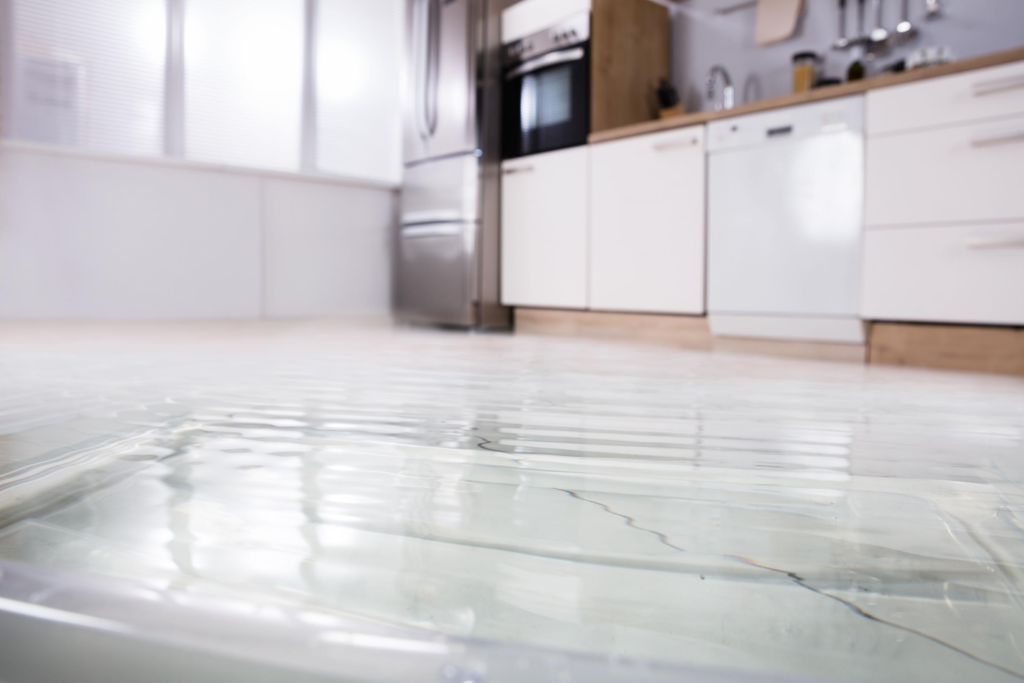Water damage can strike any home and indeed at any time and when it does it can mean disaster for your property. Though, if you catch water damage early you can prevent the issue from causing a serious problem. Spotting these kinds of issues early all comes down to whether or not you can tell what water damage looks like. There are, of course, many different signs of water damage so having a list of a few of the most common ones will likely be a useful tool for a homeowner. So, in this blog, we will run through these common signs to give you a better chance of looking after your home.
Water rings
This is arguably the most obvious sign of water damage which we will list though we are going to mention it because of the severity of the sign. Water rings will usually form on the ceiling of a home and will have a slightly brown colour to them. These rings may be circular in shape though they can differ. The importance of a water ring is that this usually means that the leak or excess water in the ceiling has reached an alarmingly high level so you must act immediately to secure your home. Though the good thing is that water rings are fairly easy to spot so you should find them fairly quickly.
Spongy / squelchy tiles or Bouncy wood flooring
If your leak is under the floor then you will start to feel your floor feeling spongy or bouncy. Depending on the severity of the leak under your floor your tiles may start to feel squelchy when you stop on it. Wooden floors may appear to have an unusual bounce to them. If you notice such changes to your floor, then it is an almost certain sign of a leak under your floor where you will generally find supply pipes and central heating pipes. Left unattended the moisture can affect the timbers joists and structural support in your subfloor. In this situation, you are best off calling a professional plumber to access the leak and to stop the damage from getting worse.
Discolouration of wood flooring
If you notice a darkening or discolouration of your wood floor this could be due to a leak under the floor. Over time this discolouration may spread and get worse. It is always best to nip it in the bud by identifying the source of this subfloor leak. Remember your buildings insurance should cover building repairs and floor replacement so long as you act quickly to avoid the damage from worsening.
Hairline cracks
Hairline cracks look very much like they are described. Essentially these cracks will form on the walls or the ceiling and are very thin cracks in the paintwork of the house. This happens after the water degrades the paintwork of the wall loosening the fabric of the paint. Then, when the paint dries it cracks and forms the hairline fractures which we have highlighted. These cracks often mean there is a fair amount of water in the walls but catching it this early will certainly stand you in good stead for fixing the issue without any lasting issues.
Peeling of the paint
As you might expect, peeling paint is a sure sign that you have some form of water leak in your home. The paint won’t always peel though. Sometimes you may see bubbling or even flaking paint and this all depends on the type of paint you have. One thing is for sure though, any of these signs are a pretty clear indication that you have a fairly serious leak in your home. So, make sure that you seek professional advice if you spot a sign of this nature in your home.
Contact Water Damage Repairs Today
If you have a leak in your home and have suffered visible water damage, then as long as you have buildings insurance we can make sure your property is fully dried and restored to the way it was before the leak. We are FCA regulated and can negotiate directly with your insurer, making sure all the repair costs are fully covered. Our team of professional builders will do all the repairs and send the bill directly to your insurer so you don’t have to pay a penny! We have many years of experience in the industry and can certainly advise you on how to navigate this difficult time. Please make sure you contact us today.

